My application contain a learning task which is an SVM classification. After a hard research I understand the basics of SVM and I also tried some example with libSVM tool via command line. However, my application is deployed in client-server architecture :
- Training set are stored in server-side which is responsible of generating the SVM model.
- The SVM model is then sent to the client side and it is used for prediction
- The client side is an android mobile device
My question is how to use libSVM in Java code instead of running it via command line?
